Imagine holding a chunk of ancient dung in your hand—something that once passed through the belly of a dinosaur, surviving millions of years, now whispering secrets about vanished worlds. It might sound outrageous, even a little gross, but fossilized dinosaur poop, known as coprolites, is one of the most astonishing time capsules in all of paleontology. These petrified droppings open a window into the distant past, offering clues about life, death, and the cycles of nature that have shaped our planet for eons. Every piece tells a story, not just about what dinosaurs ate, but about ecosystems, climates, and the relentless march of decay and renewal. If you’re ready to journey beyond bones and footprints, coprolites promise a wild ride through the mysteries of deep time.
Coprolites: The Fossilized Footprints of Digestion

Coprolites might look like ordinary rocks at first glance, but they are anything but mundane. These fossilized feces are the direct result of ancient digestive systems at work, capturing the final chapter of a dinosaur’s meal. When paleontologists discover coprolites, they’re essentially finding the physical evidence of prehistoric eating habits, digestion, and even the creatures’ last moments. Sometimes, the shape, size, and texture of coprolites can even reveal which species left them behind. Just as animal tracks tell us about movement, coprolites tell us about what happened after the feast, right before nature took its course with decay and decomposition.
How Dinosaur Poop Becomes Fossilized
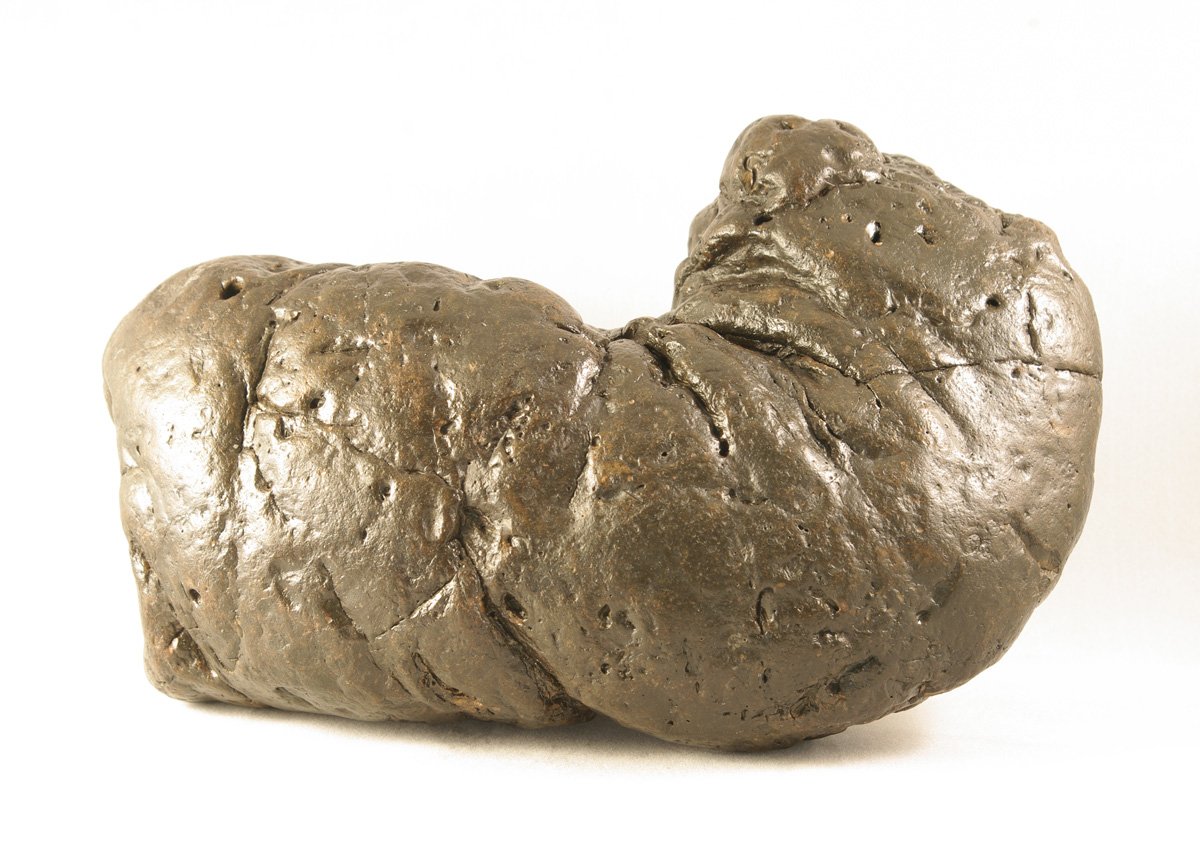
It’s a wonder that anything as fragile as dung could survive millions of years. The process begins when excrement is quickly buried by sediment—mud, sand, or ash—protecting it from the usual agents of decay. Over time, minerals such as silica or calcite seep into the dung, replacing organic material and hardening it into stone. This mineralization is both rare and miraculous, given how quickly waste typically breaks down. The right conditions—rapid burial, lack of oxygen, and mineral-rich waters—turn a fleeting moment of life into a permanent relic of deep time.
Unlocking Ancient Diets
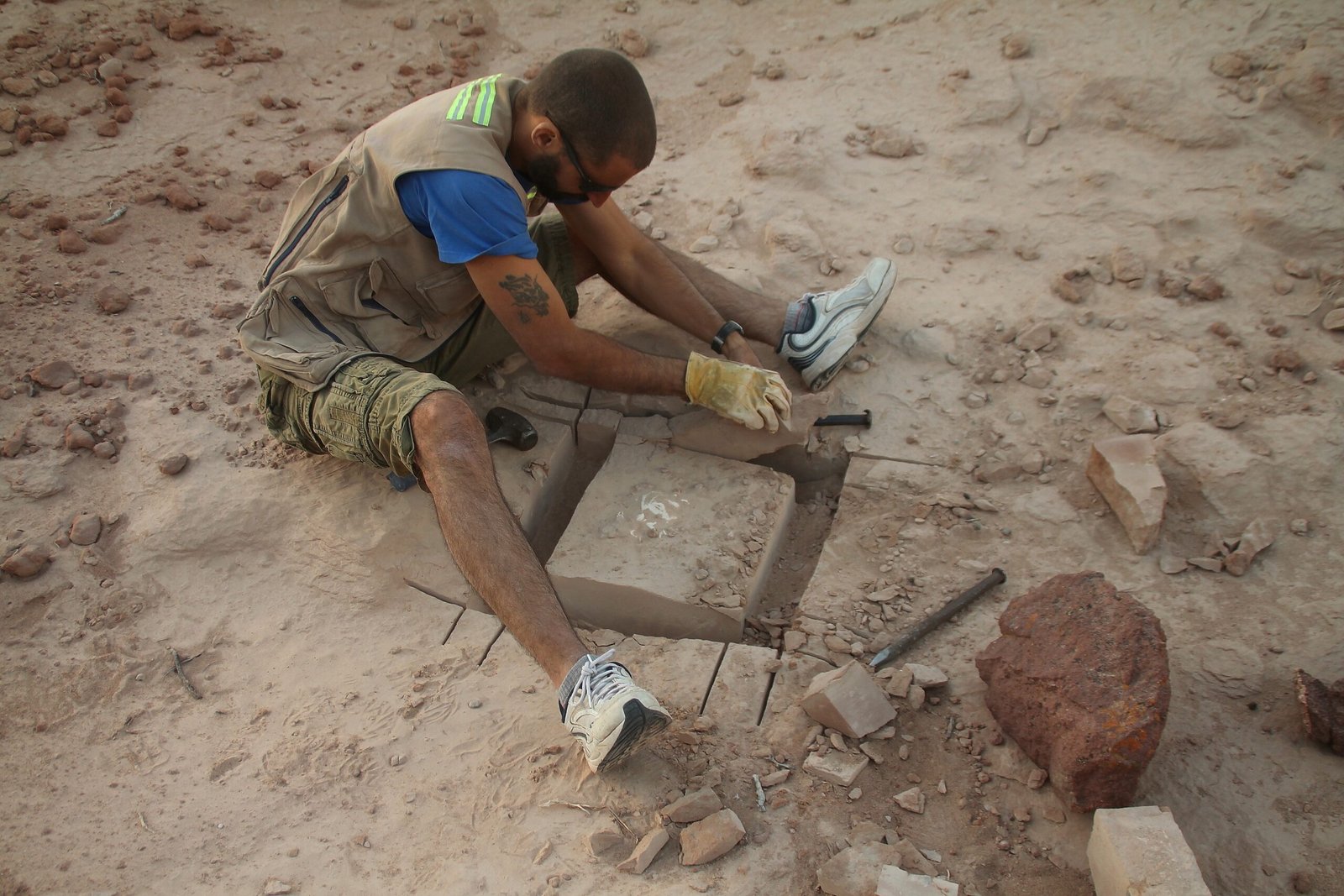
One of the most thrilling discoveries inside coprolites is evidence of what dinosaurs actually ate. By slicing thin sections and peering through powerful microscopes, scientists can sometimes spot crushed bones, plant fibers, or even scales embedded within. Imagine finding a tiny fragment of fern or splintered fish bone—clues that paint vivid pictures of predator-prey relationships and ancient food webs. These snapshots go far beyond guesswork, offering direct proof of herbivory, carnivory, or even omnivory among different dinosaur species.
Clues to Ancient Ecosystems

Coprolites don’t just reveal diets—they open the door to reconstructing entire prehistoric environments. Pollen grains, spores, and tiny seeds sometimes preserved within the dung tell us what plants flourished at the time. Insects, shells, and other small animals may also make appearances, giving us a sense of biodiversity and the roles various creatures played in their ancient habitats. By studying coprolites from different regions and time periods, scientists can piece together how ecosystems evolved and flourished—or collapsed—over millions of years.
The Hidden Chemistry of Decay
Dinosaur poop is a chemical archive, preserving not just physical remains but also chemical traces of ancient life. Researchers can analyze the ratios of carbon, nitrogen, and other elements to glean insights about the decay process and the original organic content. These chemical signatures help identify what kinds of bacteria and decomposers were at work, revealing how nutrients cycled through ancient landscapes. Such findings underscore how death and decay are not just endings, but vital processes that nourish new life.
Parasites and Prehistoric Health
Coprolites are sometimes crawling with surprises—literally. Fossilized eggs of parasites, such as roundworms or tapeworms, have been discovered inside ancient dung. These microscopic hitchhikers tell us that dinosaurs, like modern animals, were plagued by internal pests that could affect their health and longevity. In some cases, the abundance of parasites provides hints about population density and living conditions, highlighting the constant struggle between hosts and their unwelcome guests even in the age of giants.
Death, Scavenging, and the Circle of Life
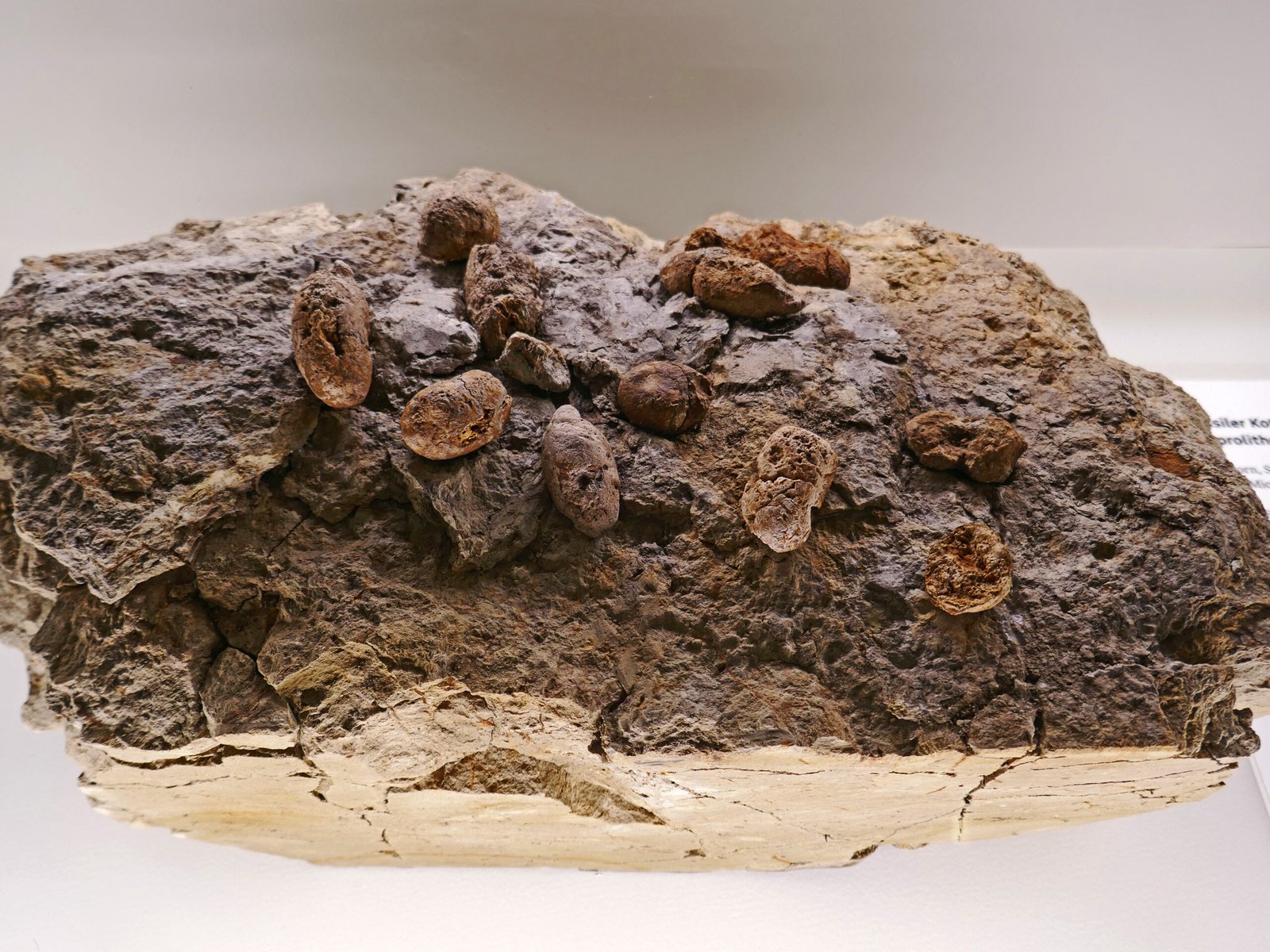
The story of dinosaur dung is intertwined with death and survival. After a dinosaur left its droppings behind, scavengers and decomposers would have flocked to the scene, breaking down waste and returning nutrients to the soil. By examining the remains of these interactions—such as traces of gnawing or microbial activity preserved in coprolites—scientists reconstruct the vital role of decay in sustaining ancient ecosystems. This relentless cycle of consumption and decomposition is as old as life itself.
Deep Time and Geological Clues
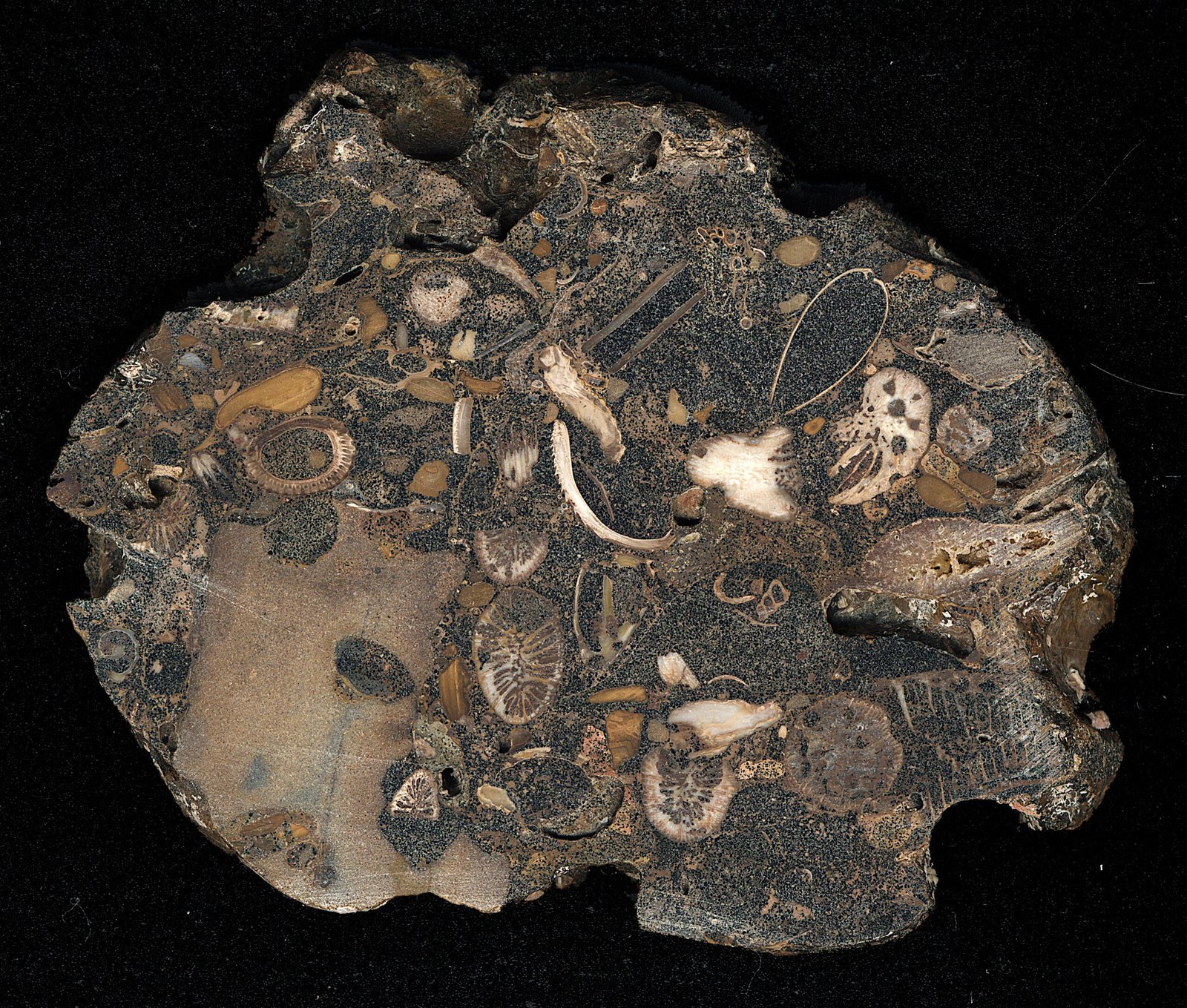
Every coprolite is a tiny time machine, carrying information about the era in which it was formed. The layers of sediment surrounding fossilized dung can be dated, revealing when the animal lived, what the climate was like, and how the landscape changed over time. These geological clues help scientists assemble the grand tapestry of Earth’s history, connecting individual moments—like a dinosaur’s bathroom break—to sweeping changes over millions of years.
Coprolites and Evolutionary Mysteries
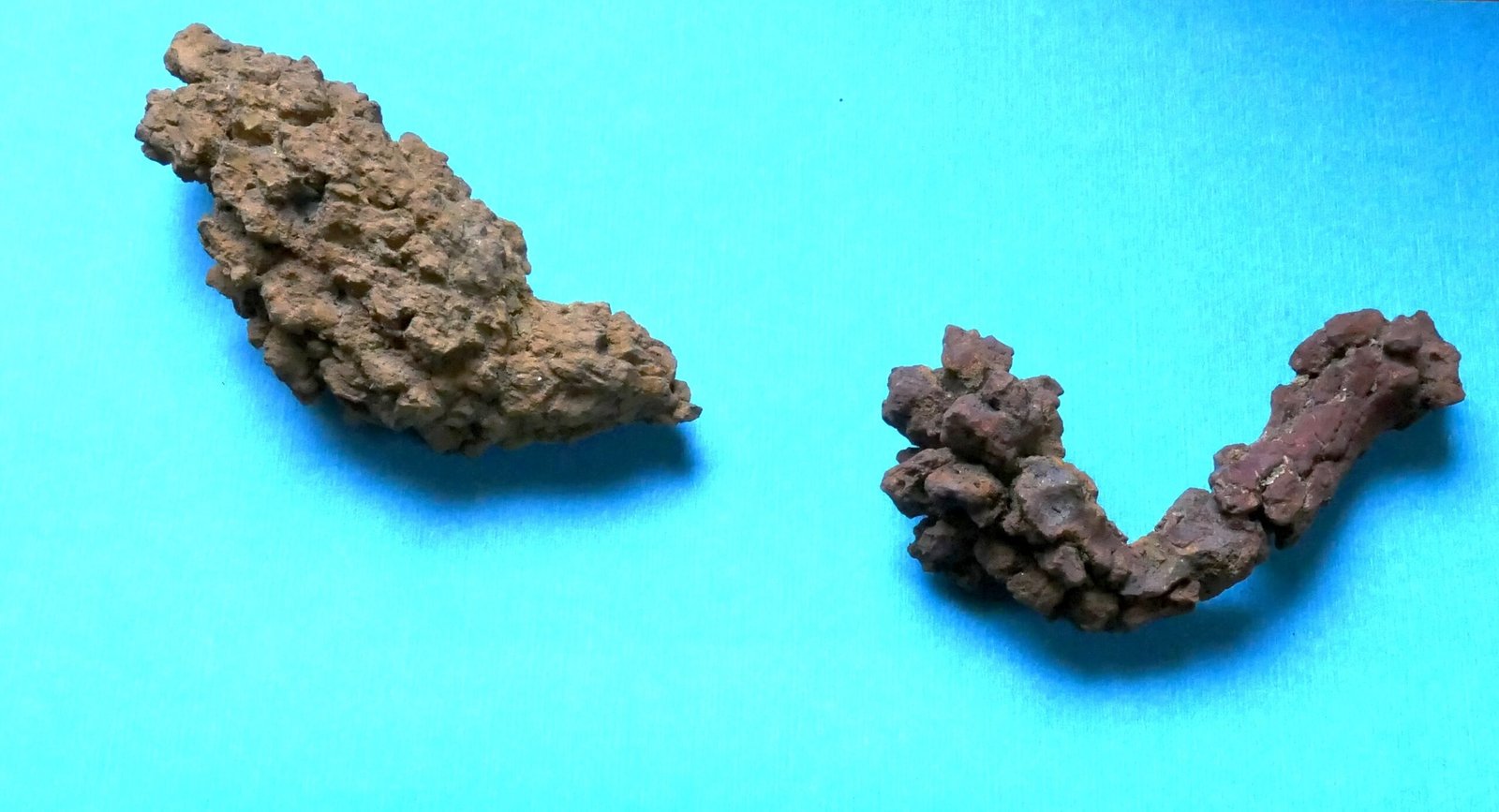
Dinosaur poop sometimes holds evolutionary secrets. Changes in the contents of coprolites over time can reflect the rise of new plant species, the extinction of old ones, or shifts in animal diets in response to changing environments. For example, the sudden appearance of flowering plant remains in Cretaceous coprolites hints at a major ecological revolution. By tracking such changes, scientists gain a deeper understanding of evolutionary pressures and adaptations.
Mysteries of Mass Extinction
Some of the most dramatic stories hidden in coprolites relate to times of crisis, such as the mass extinction at the end of the Cretaceous. Fossilized dung from just before and after this boundary sometimes shows sudden shifts in diet or the disappearance of certain food sources, reflecting catastrophic environmental upheavals. These humble fossils help us understand not only how life thrived, but how it struggled—and sometimes failed—to survive in the face of disaster.
Microscopic Marvels: What Lies Within
Looking at coprolites under a microscope is like exploring an alien world. Tiny crystals, plant cells, and even the remnants of bacteria can be trapped inside, preserved in exquisite detail. These microfossils are invaluable for reconstructing the fine details of ancient life—right down to the kinds of plants that dinosaurs munched on or the microbial communities that helped recycle waste. It’s a microscopic drama played out in every fragment.
Ancient Poop in the Public Imagination
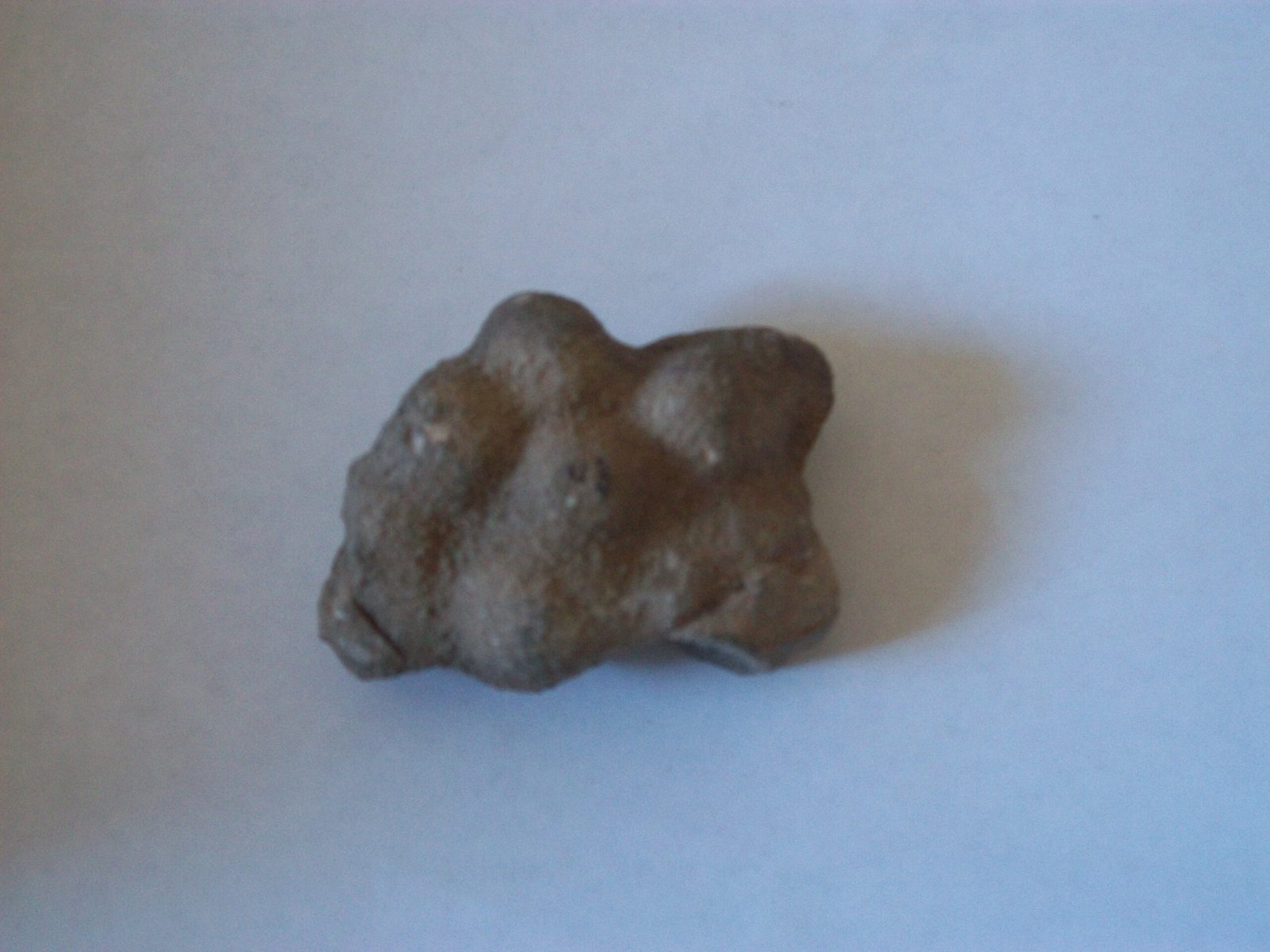
For centuries, people found strange, stony lumps and called them “bezoar stones” or “dragon’s eggs,” never suspecting their true origin. It wasn’t until the 19th century that scientists realized these curiosities were fossilized feces. Today, coprolites fuel the imagination of museum-goers and collectors alike, serving as tangible links to vanished worlds. They are both objects of fascination and powerful tools of education, bridging the gap between science and wonder.
Using Coprolites to Reconstruct Prehistoric Landscapes
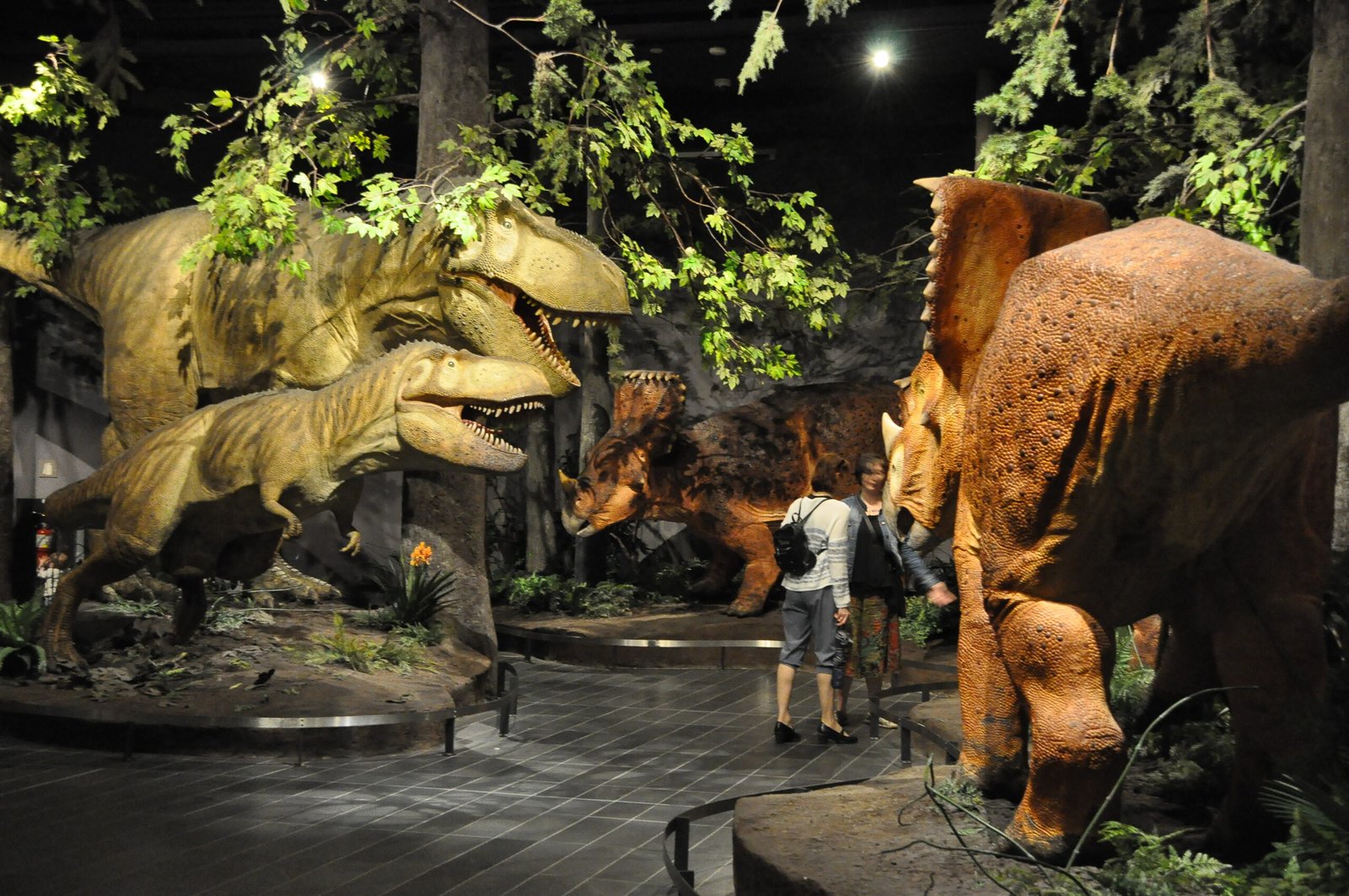
By mapping where coprolites are found and what they contain, scientists can reconstruct ancient riverbanks, forests, and floodplains. The distribution of dung tells us where herds may have grazed, hunted, or migrated, shaping the land around them. This approach brings prehistoric landscapes to life, showing not just individual animals but the complex habitats and movements that defined their world.
Comparing Dinosaur Dung to Modern Droppings
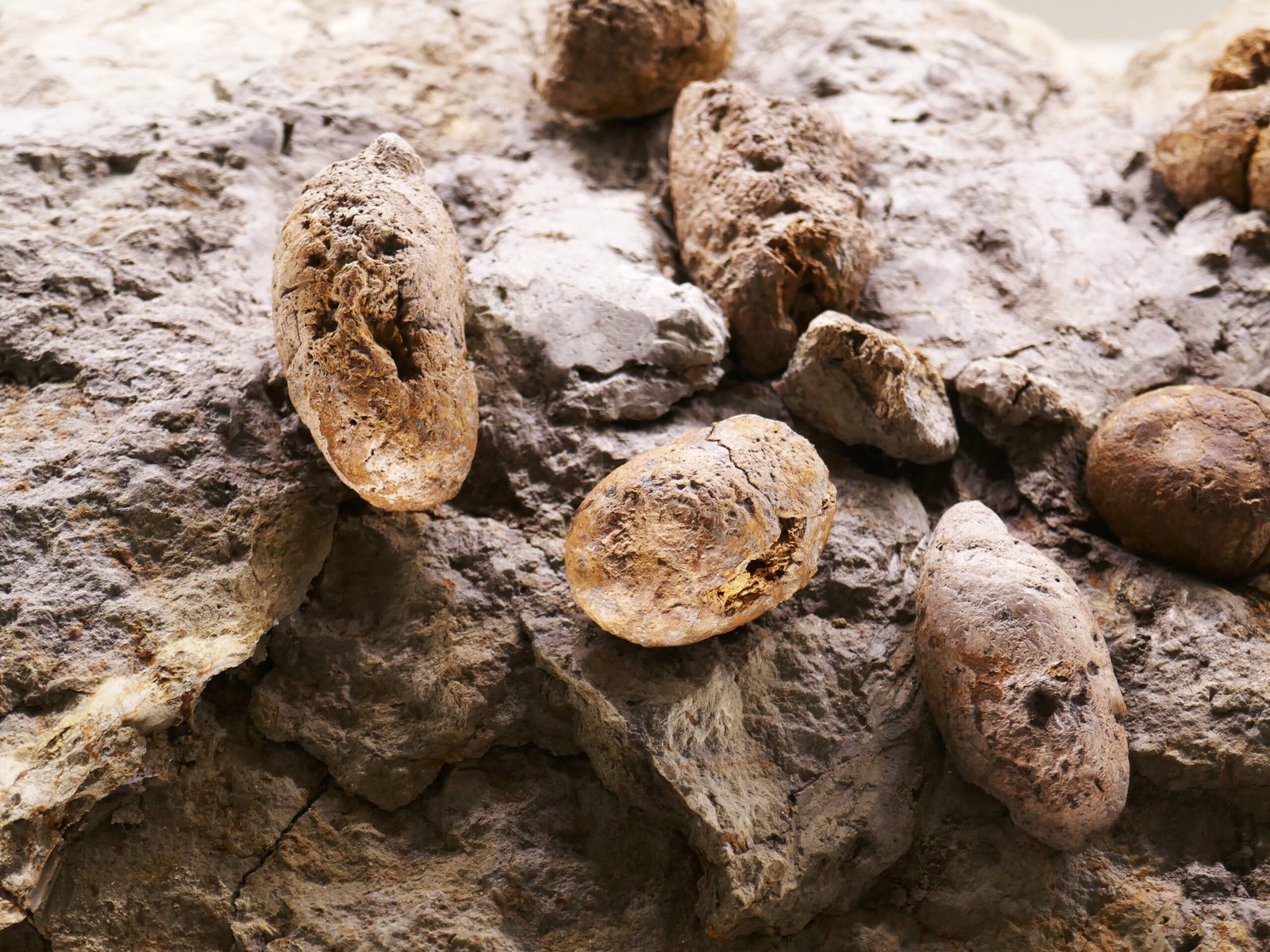
Modern animal droppings help scientists interpret the fossilized remains of dinosaur dung. By comparing the size, shape, and contents of coprolites to those of living animals—like elephants, crocodiles, or birds—researchers can make educated guesses about which dinosaurs left them behind and how their digestive systems worked. This cross-species detective work highlights the deep connections between past and present life.
Coprolites in the Lab: Tools and Techniques
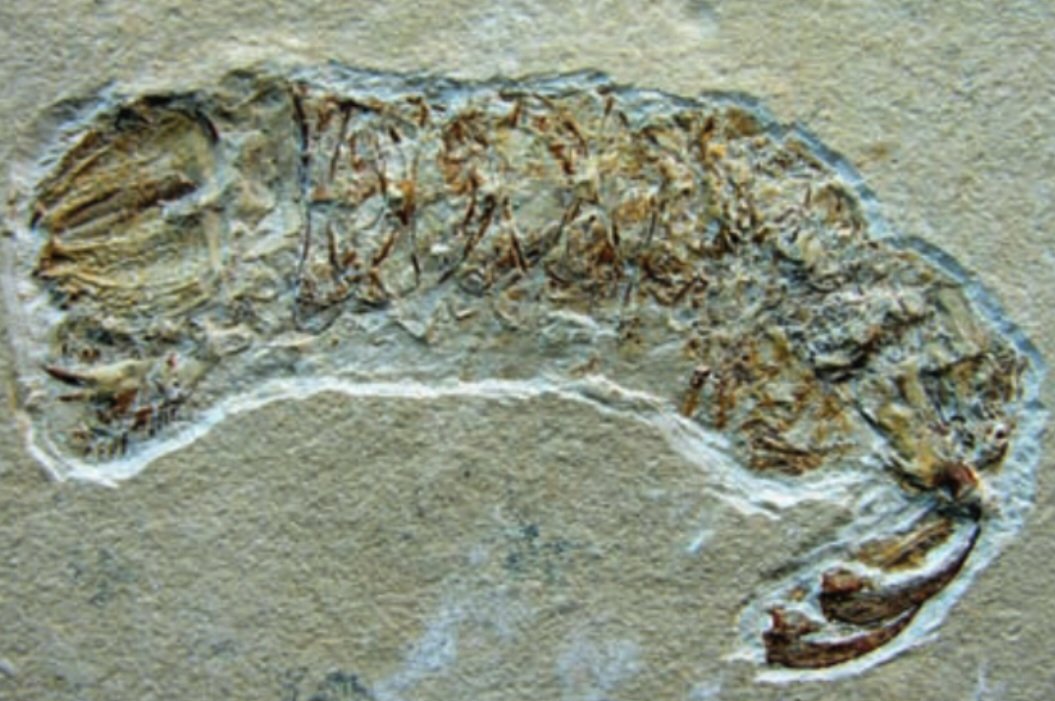
Unlocking the secrets of coprolites requires cutting-edge technology. Paleontologists use tools like CT scanning, mass spectrometry, and electron microscopes to peer inside without destroying these precious fossils. Sophisticated chemical analyses can detect traces of ancient fats, proteins, and plant compounds, while imaging techniques reveal hidden structures. These methods are constantly evolving, pushing the boundaries of what we can learn from even the smallest fossilized fragment.
Fossilized Poop and the Science of Decay

The transformation of waste into fossil is a story of decay halted and preserved. By studying coprolites, scientists learn not just about what decomposes, but about the rare conditions that allow organic material to survive. This knowledge helps explain why some fossils are common, while others—like skin, feathers, or dung—are rare gems. It’s a reminder that every fossil is a survivor of an epic struggle against time and the elements.
Unearthing Ancient Behaviors
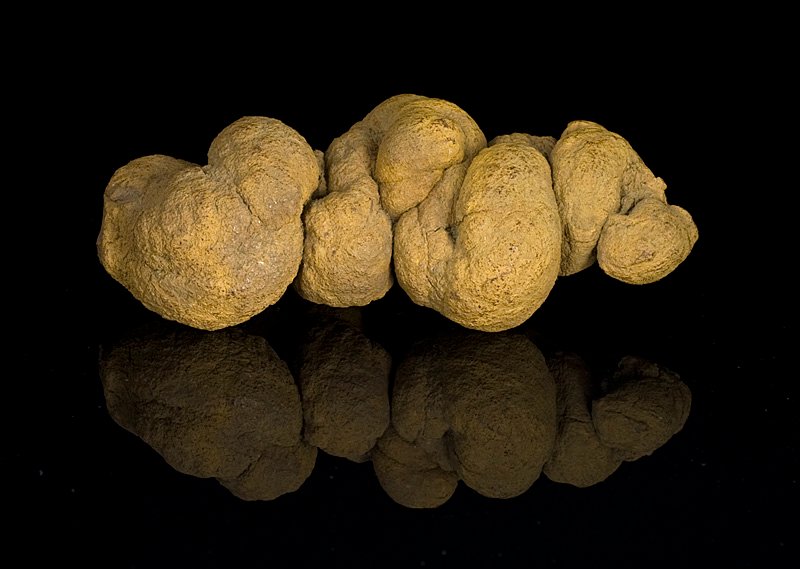
Coprolites can even hint at dinosaur behavior. The arrangement, size, and location of dung piles offer clues about herd dynamics, territoriality, or even communal latrines—behavior seen in some modern animals. For instance, clusters of large coprolites may suggest that certain dinosaurs defecated in the same spot repeatedly, a practice that could have influenced plant growth or attracted other creatures. These behavioral insights bring ancient giants to life in new, unexpected ways.
Coprolites and Climate Change Through the Ages
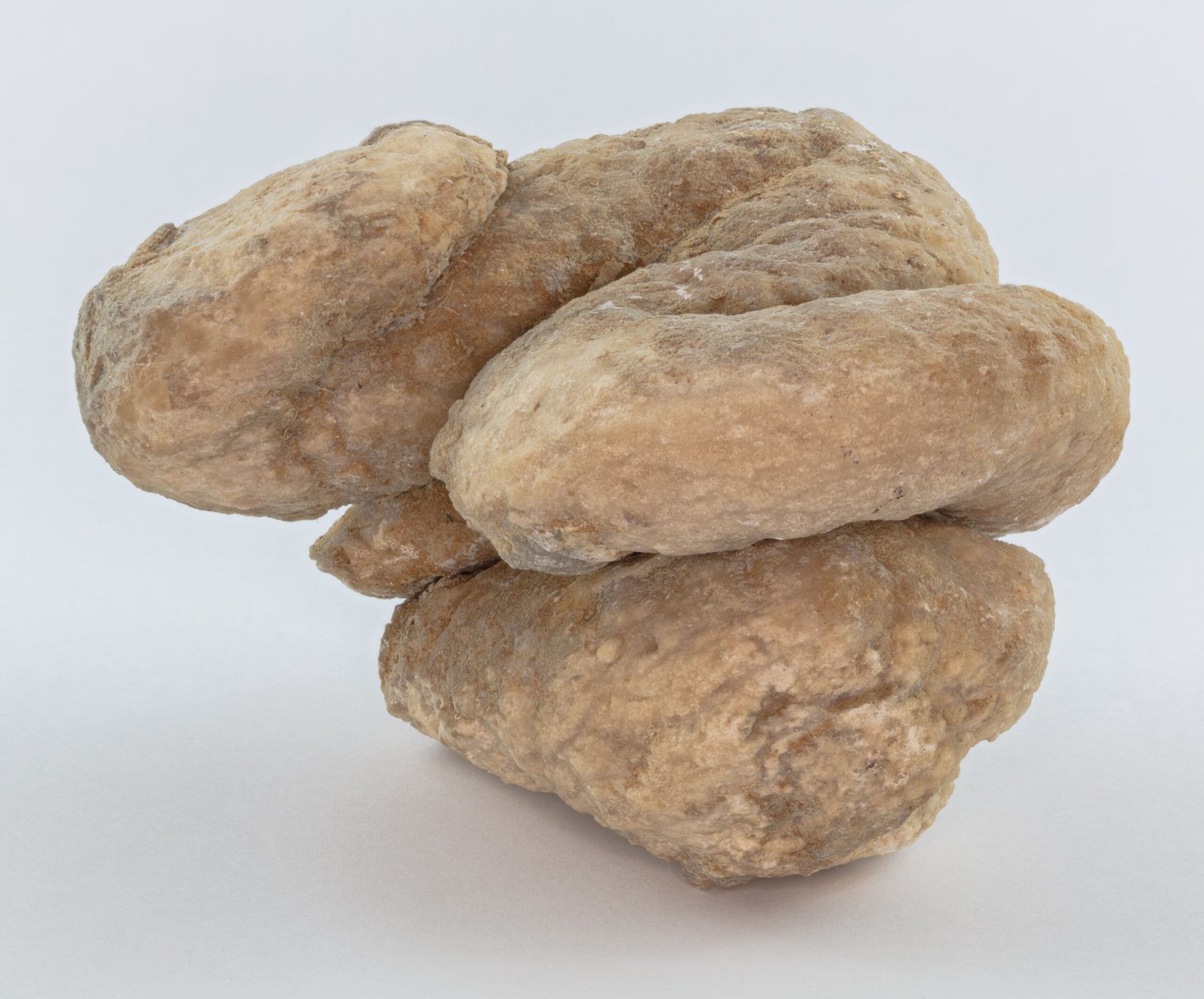
Fossilized dung holds evidence of ancient climates. The types of plants and animals found in coprolites, combined with isotopic analysis, reveal temperature, precipitation, and seasonal patterns. By comparing coprolites from different periods, scientists can track how climate shifts affected ecosystems, leading to migrations, extinctions, or bursts of evolution. These records from deep time offer perspective on our own changing world.
From Curiosity to Scientific Treasure
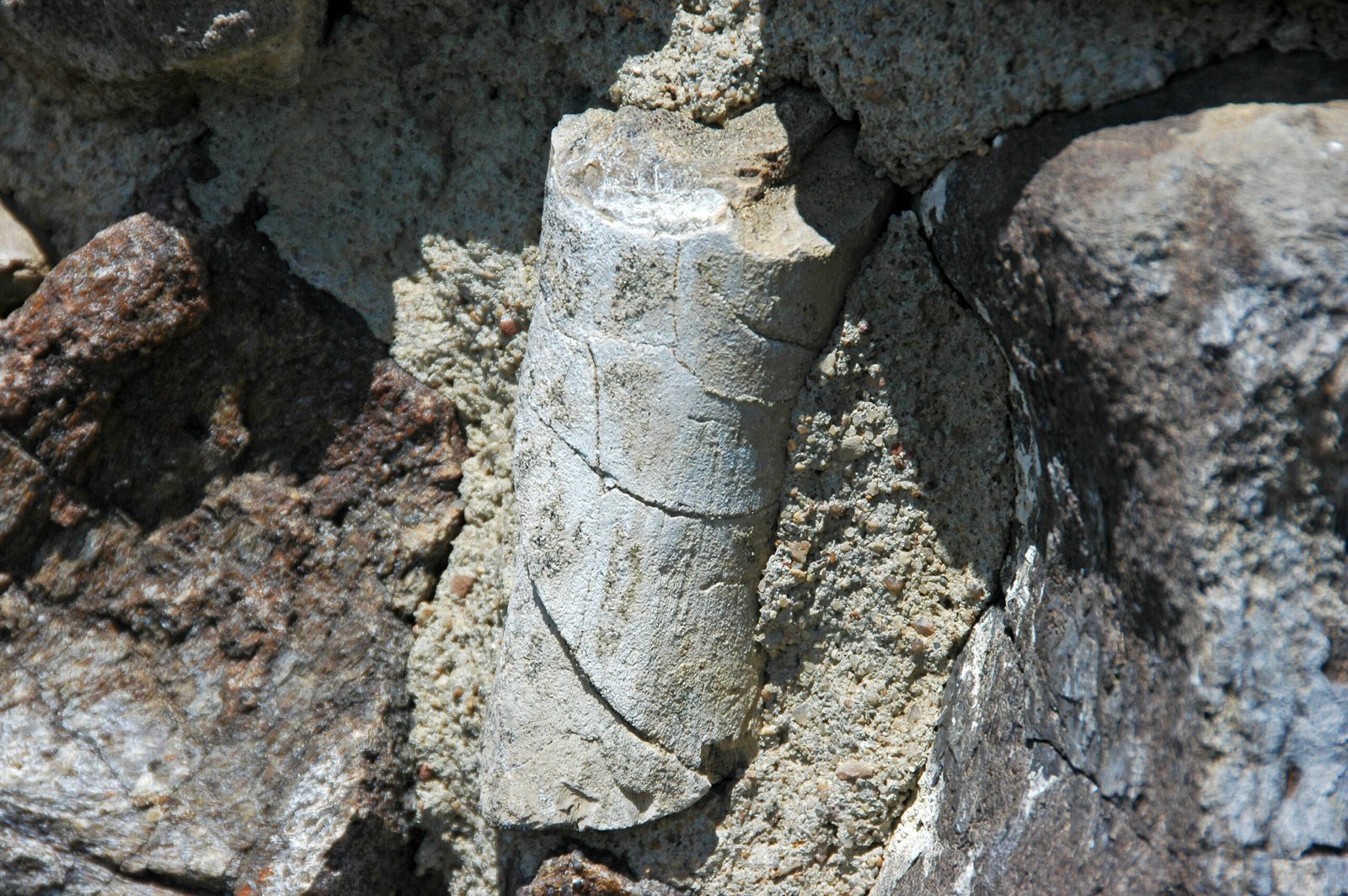
What was once dismissed as a curious oddity is now a prized scientific resource. Coprolites have moved from dusty museum drawers to the forefront of paleontological research. Their study has reshaped our understanding of prehistoric life, highlighting the importance of even the humblest remains. As scientists continue to unlock their secrets, dinosaur poop reminds us that every scrap of ancient life has a story worth telling.
The Enduring Legacy of Ancient Dung
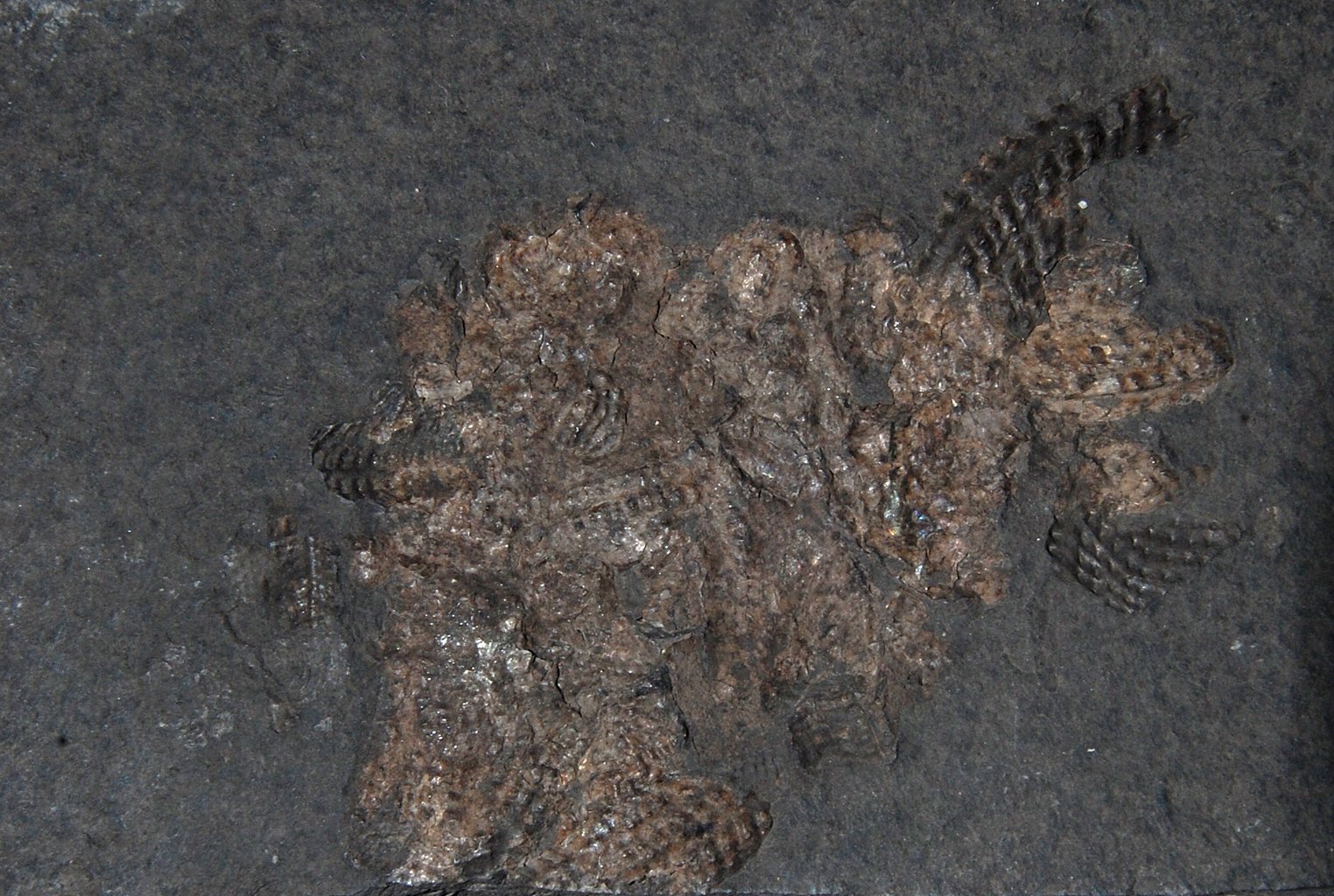
The journey of dinosaur poop, from fresh excrement to fossil, is a story of survival against the odds. Coprolites connect us to distant worlds and vanished creatures, illuminating the cycles of death, decay, and renewal that have shaped life for hundreds of millions of years. They challenge us to look at the world differently, to find meaning and wonder in the most unexpected places, and to remember that even the smallest traces can reveal the grandest stories of all.




